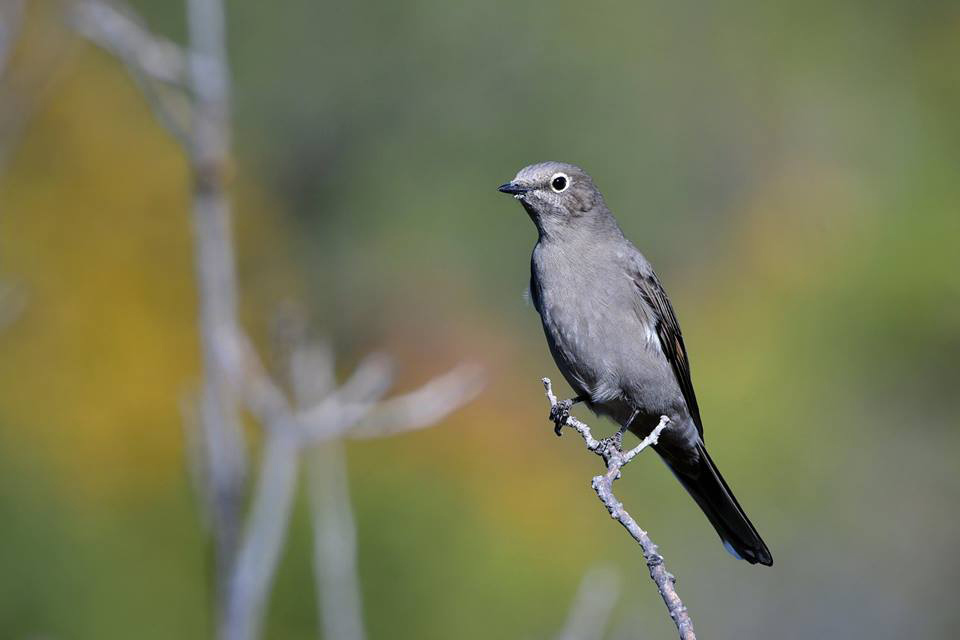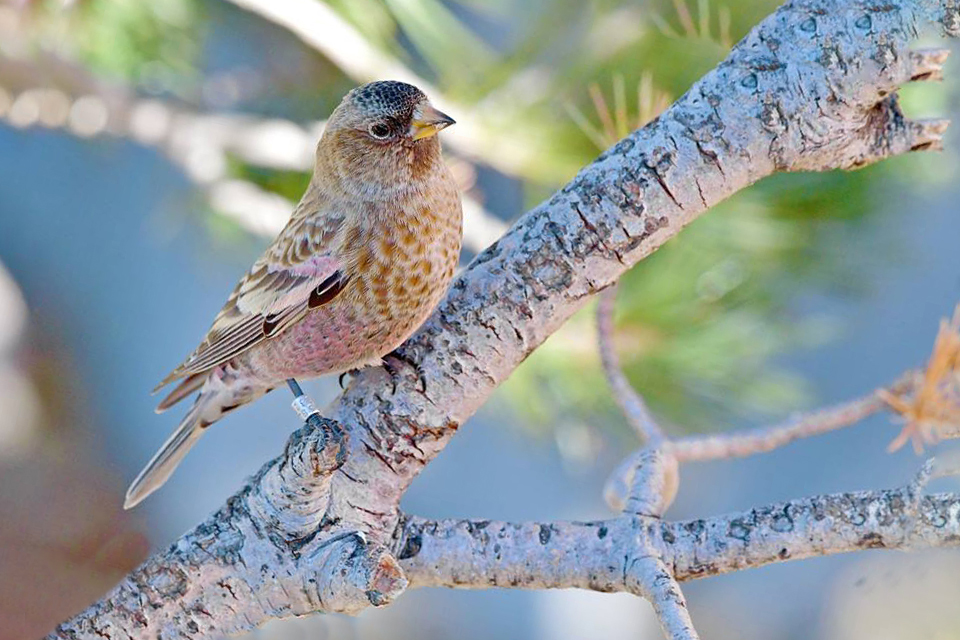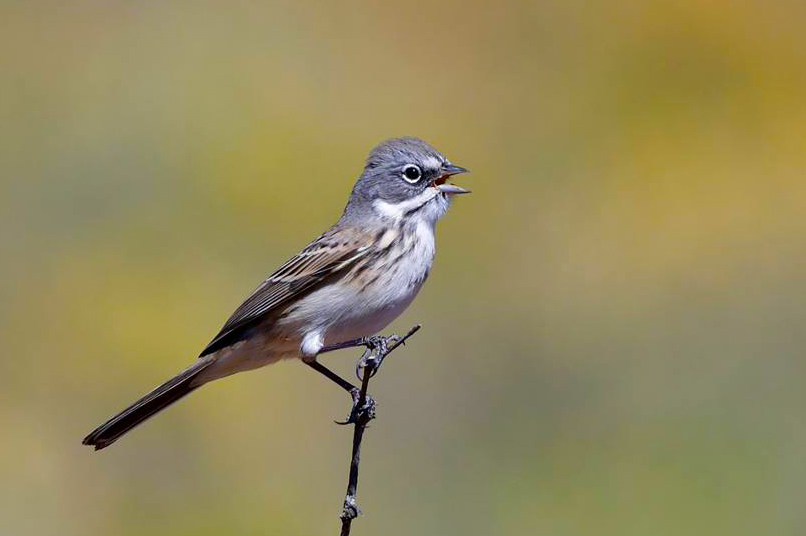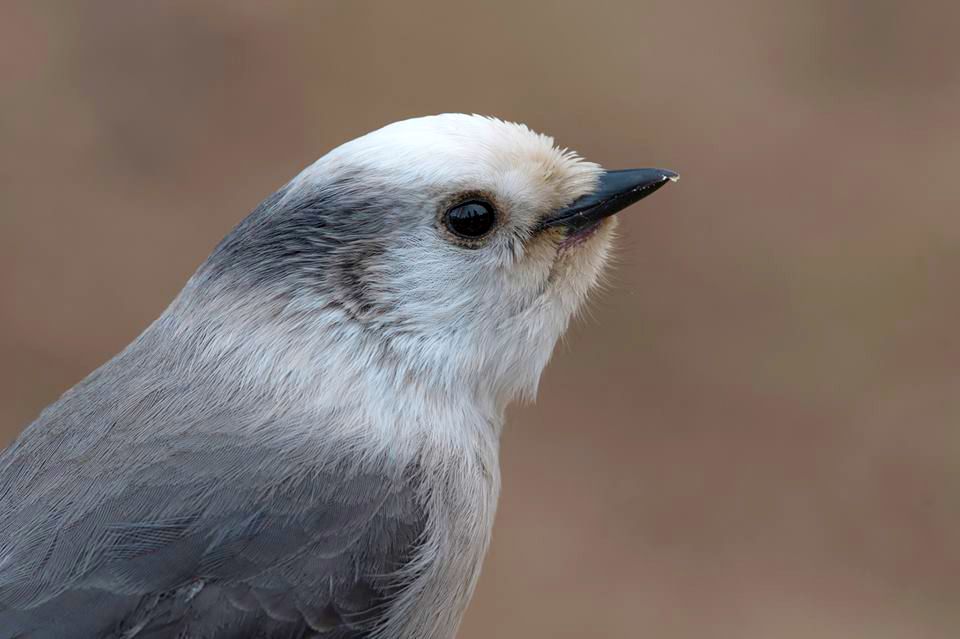New Mexico in Winter Itinerary
| Intro | Itinerary | Tour Pricing & Information | Gallery | Bird List | Registration |
Day 1
Participants should plan to arrive at the Albuquerque Sunport Airport (ABQ) no later than 3PM on Saturday. A leisurely stroll through one or two parks along the Rio Grande bosques (river-corridor forests) in the afternoon should produce some of the more common songbirds and will give us an immediate boost to our waterfowl list for the trip. Dinner will be in Albuquerque where we can do an initial meet and greet, discuss our plans for the next day, and the day list will be reviewed. This will be our evening routine for the remainder of the tour. Night Albuquerque.
Day 2
After a hotel breakfast (which will be the standard for every morning of this tour), layers of warm clothes will be adorned as we head out of the lower elevations of the city and into the foothills habitats of the Sandia Mountains on the east side of Albuquerque. The first stops on our first full day of birding will be at a few picnic areas and trailheads for lower elevation species in the pinyon-juniper and mixed conifer habitats. Mountain Chickadees, Townsend’s Solitaires, and White-breasted Nuthatches form the mixed flocks here that can also hold less common species such as Pygmy Nuthatch, Williamson’s Sapsucker, and Evening Grosbeak.
Moving along the Sandia Crest Scenic Byway, the vegetation will shift to spruce-fir and aspen leaving the ponderosas and other conifers behind at these higher elevations. At the end of the road is the highest peak of the Sandia Mountains at 10,678 feet, where a small building known as the Sandia Crest House serves as an interpretive center, café, gift shop, and respite from the often bitterly cold conditions outside when/if it is open. Here at the crest is perhaps the best and easiest place in the world to find all three species of North American Rosy-Finches. Black Rosy-Finch is typically the most abundant species (up to about 50% of the “rosies” present being Black) with roughly equal numbers of Gray-crowned and Brown-capped. If we are lucky, the Rosy-Finch Project volunteers may perform a banding demonstration at this location, and we will get to see the finches up close and personal, getting a quite literal “hands-on” demonstration as they may even let a few lucky participants release the birds after they are banded. Depending on the weather and what birds are around this year a short hike or two in the vicinity of the crest may produce American Three-toed Woodpecker, Red Crossbills, Clark’s Nutcracker if we are lucky.
Heading downhill from the crest after we have had our fill of Rosy-Finches, there are a few optional stops for birds depending on how we did in the morning on the way up. If the café was closed at the crest, there are many quaint lunch options at the bottom of the mountain. For the afternoon, the target species at lower elevation locations will be Pinyon Jays, Mountain and Western Bluebirds, Juniper Titmouse, and Cassin’s Finch. At two small parks in town, nest boxes and tree cavities house Western Screech-owls which we hope are sticking their heads out of for us to see in the late afternoon. Dinner and night Albuquerque
Day 3
Sunrise will peek over the Sandia Mountains in the distance and hopefully warm us up for our first hike of the morning at Rinconada Canyon at Petroglyphs National Monument on the west side of Albuquerque. This easy, flat, sandy, two mile hike takes us through some excellent sagebrush habitat, where appropriately we hope to find Sagebrush and Black-throated Sparrows and Crissal Thrashers. Along the hike, we get to enjoy the rocky hills that border the canyon, decorated with petroglyphs that are thousands of years old. These rocks are also home to Rock and Canyon Wrens, Canyon Towhees, Rufous-crowned Sparrows, and more.
If time allows, we may hit up one or two other Albuquerque parks, but soon after finishing up with Rinconada Canyon our van heads to lunch, then south from Albuquerque about one and a half hours towards the famous Bosque del Apache National Wildlife Refuge. On the way down, a brief stop for Burrowing Owls should offer us great look at these diurnal birds. The afternoon there will be spent very briefly checking out the feeders at the visitor center, and doing one loop around the auto tour. Expected species at the refuge include a great diversity of waterfowl species, flocks of Snow and Ross’s Geese by the tens of thousands, thousands of Sandhill Cranes, Bald Eagles, Northern Harriers, and other raptors. It is truly a spectacle to behold! Dinner and night Socorro
Day 4
This morning and the rest of the day we get to spend more time exploring Bosque del Apache National Wildlife Refuge. The dawn lift-off of geese and cranes in the refuge is a raucous and glorious sight to behold. The songbirds at the visitor center will be more active in the morning, so we can spend more time looking for the regular suspects such as Green-tailed, Spotted, and Canyon Towhees, Curve-billed Thrashers, Pyrrhuloxias, Gambel’s Quail, and White-crowned and White-throated Sparrows. There frequently is a stray Golden-crowned or Harris’s Sparrow or something else unusual hanging out here as well. Photography opportunities abound for the lager birds in the refuge today. Lunch will be at a diner in San Antonio, NM near the refuge. After the golden light of the evening is gone, we pack up and head back north to Socorro. Night Socorro.
Day 5
We leave Socorro this morning, heading on a 2.5-3 hour drive to Santa Fe. On the way, we will drive through the grasslands southeast of Albuquerque to look for raptors like Ferruginous Hawks, Prairie Falcons, Golden Eagles, Merlins, and if we are lucky, a Rough-legged Hawk is even a possibility. After exploring the grasslands and arriving in Santa Fe, lunch can be had at any one of the many fantastic establishments in this artsy city. The afternoon’s birding will produce a couple of the species that we haven’t gotten yet for the trip like Black-billed Magpie and Black-capped Chickadees. Dinner and night Santa Fe.
Day 6
Today we dress warmly and head into the mountains north and east of Santa Fe. Our first targets will be about an hour away in the Santa Fe National Forest along the Pecos River. The narrow and fast flowing rocky waters here attract American Dippers. These aquatic song birds are absolutely a joy to watch play in the water, and we will soak them in for a while and bird our way back towards Santa Fe. Depending on what the birding is like, a trip for the remainder of the day may be made to the Las Vegas, NM area. There are occasionally more northern species here such as American Tree Sparrow, Rough-legged Hawk, as well as waterfowl on a couple reservoirs here. Otherwise, birding will commence in Santa Fe looking for two nomadic species that are very difficult to pin down: Evening Grosbeak and Pinyon Jay. We will follow the birds and hope to catch up with them eventually! Dinner and night Santa Fe
Day 7
This morning we once again will be going up the mountains – this time to the Sante Fe ski area. The bird feeders here and picnickers bring the Gray Jays in to us, and we will bring peanuts with us to see if we can get any to eat out of our hands. Often Clark’s Nutcrackers are very tame here allowing for spectacular views of these unique birds. Red Crossbills and other finches are also possible, depending on cone crops and other factors.
Back in Santa Fe and after lunch, depending on what we still need we may check a few local parks and sanctuaries for birds such as Cassin’s Finches, Woodhouse’s Scrub-jays, Bushtits, and more. After dinner we head back to Albuquerque. Dinner Santa Fe, night Albuquerque
Day 8
Clean-up day
We have the opportunity to chase any rarities reported in the Albuquerque area, try again for any species we may have missed, or go back and see some of our favorite birds again. There are plenty of birding opportunities and places to explore in the area, so we have no shortage of options to pursue. Night Albuquerque
Day 9
Participants should plan to fly out of Albuquerque no earlier than noon on Sunday. Depending on everyone’s flight times, we may have time for one last local birding opportunity today.
Leader: Bryan Calk
| Intro | Itinerary | Tour Pricing & Information | Gallery | Bird List | Registration |




